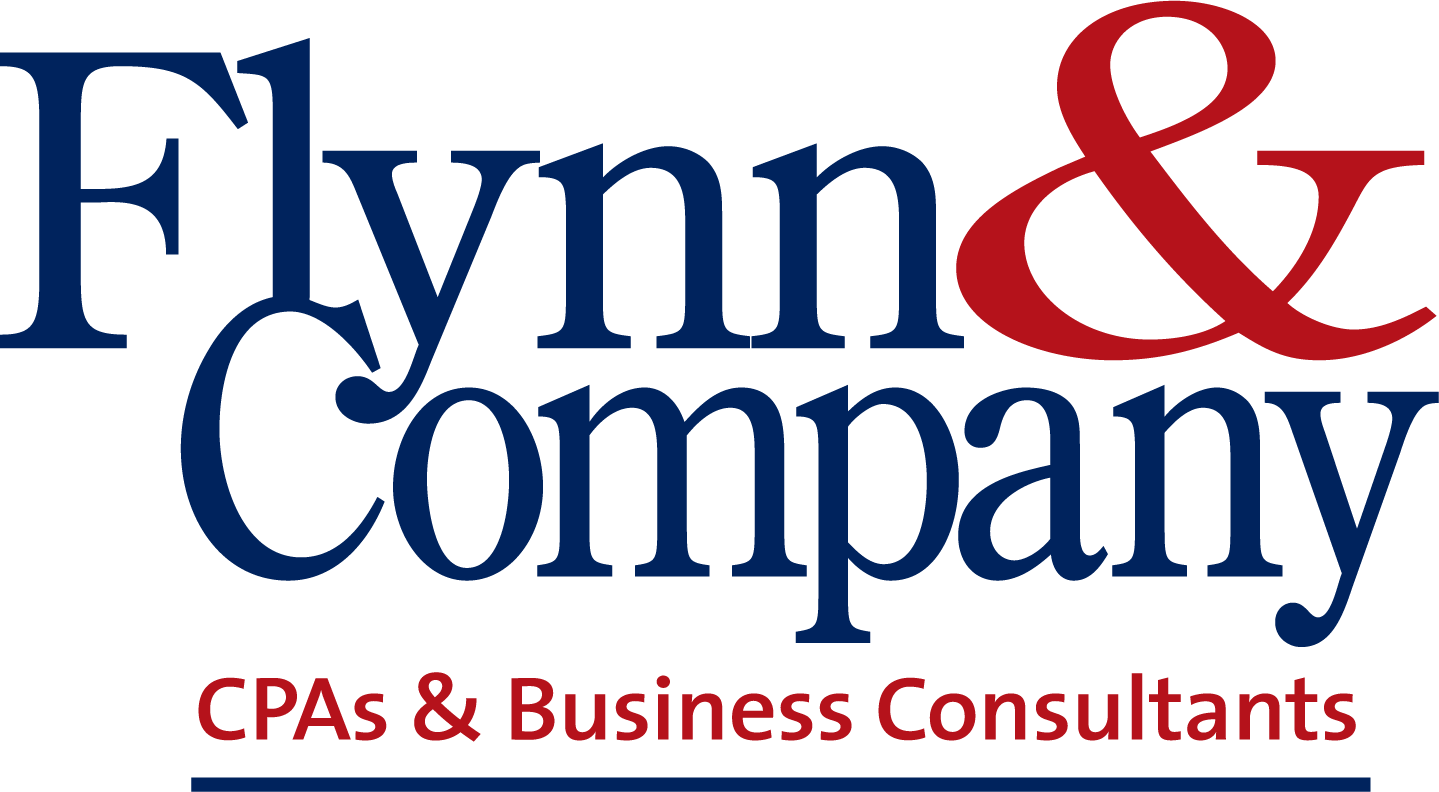Nonprofit Accounting: Statement of Functional Expenses

Statement of Functional Expenses
For nonprofit organizations and 501(c)(3) and 501(c)(4) not-for-profit organizations, a statement of functional expenses (often abbreviated to an SOFE) requires the classification and reporting of functional expenses. Understanding functional expenses, how to report them, and how to differentiate them from natural expenses can be tough for busy nonprofits. But tax and accounting concerns don’t have to be a headache that detracts from time and efforts spent accomplishing your organization’s mission. In the below article, the nonprofit tax accounting experts at Flynn & Company simplify the concept of functional expenses for you.
Read on to learn more!
What Are Functional Expenses?
In nonprofit accounting, organizations are required to report their annual expenses by both natural and functional classifications under the Financial Accounting Standards Board, the source for generally accepted accounting principles (GAAP). Specifically, this requirement is codified at guideline FASB ASC 958. The Board’s issuance of the Presentation of Financial Statements for Not-for-Profit Entities (ASU 2016-14) took effect in December of 2017, and began requiring nonprofit organizations to classify their expenses by both natural and functional designations.
The purpose of the requirement, per the Financial Accounting Standards Board, is to:
“ improve generally accepted accounting principles (GAAP) by increasing the transparency of contributed nonfinancial assets for not-for-profit (NFP) entities through enhancements to presentation and disclosure.”
The Board’s goal is to address “the lack of transparency about the valuation of contributed nonfinancial assets received by NFPs, as well as the amount of those contributions used in an NFP’s programs and other activities.” If done right, the proper classification of your functional expenses can accomplish this for your donors.
Essentially, the functional classification of an expense designates what “category” the expense could be found under. While natural expense classifications explain how nonprofit organization funds were spent, functional expense classifications explain the purpose of the spending under a prescribed category.
What Are the Functional Classifications for Nonprofit Organizations?
- Programs: This category refers to the costs directly associated with accomplishing the nonprofit’s mission through programs. When a nonprofit organization has been up and running for a while, program spending will likely make up the bulk of the organization’s expenditures.
- Management and General: This is exactly what it sounds like: costs that fall under the management and general functional expense classification relate to the running of the nonprofit from a more administrative standpoint. While these costs are equally necessary (as you can’t run a nonprofit without bookkeeping, governing policies, and a sound administration) they still need to be reported specifically as a functional expense in this category.
- Fundraising: This bucket of functional expenses includes the costs associated with sending mail campaigns, putting on events to raise money for the cause, or any expenses that go toward collecting donations for the organization. You’ll also need to report the salaries of individuals working in fundraising under this functional expense classification.
- Direct Costs: There are some expenses that only relate to one classification type for a specific program, such as grant payments. These expenses can be allocated directly.
Functional Versus Natural Classifications:
Within the above categories, natural classifications can be considered as a sort of “sub classification” within the broader functional expense “buckets.” The natural classifications of expenses include the following:
- Salaries
- Office Rent
- Utilities
- Office Supplies
- Repairs
- Insurance
- Depreciation
Functional expense allocation:
The process of functional expense allocation helps the donors and board members of a nonprofit organization understand how donations were spent in support of the organization’s mission and programs. There are a few different methods of allocation that an accountant might use, including:
- Square Feet: if your nonprofit organization has a physical space where you conduct your operations or house your employee and volunteer work, natural expense classifications such as rent and utilities can be allocated based on the square feet they occupy. If, for example, fundraising efforts take up a room of your building and management activities take up another room, you can allocate rent and utility costs based on these factors.
- Headcount: Nonprofits can also choose to allocate expenses based on the number of employees who serve to support the particular function.
- Time: Many nonprofit employees are engaged in a number of different functions of the organization. Expenses can be allocated based on the time employees spend in each function.
In accounting for nonprofits, organizations report their expenses by both functional and natural classifications within the same “matrix,” so called because the chart houses both the functional classification and the natural classification “breakdown” within the same area.
What is a Statement of Functional Expenses?
As a nonprofit organization, you will include your completed statement of functional expenses within your financial statements. If you are a not-for-profit organizations that is designated as exempt under provisions 501(c)(3) and 501(c)(4), your statement of functional expenses will be included on your IRS Form 990.
Example of a statement of functional expenses:
| Program A | Program B | Management & General | Fundraising | Total | |
|---|---|---|---|---|---|
| Salaries | $15,000 | $20,000 | $20,000 | $5,000 | $60,000 |
| Rent | $5,000 | $2,000 | $6,000 | $1,000 | $14,000 |
| Office Supplies | $1,000 | $500 | $1,000 | $1,000 | $3,500 |
| Depreciation | $500 | $250 | $500 | $300 | $1,550 |
| $21,500 | $22,750 | $27,500 | $7,300 | $79,050 |
Flynn & Company: Your Partner for Nonprofit Organization Tax and Accounting
With a tax and accounting partner that they can trust handling their financials and reporting, nonprofit organizations can free up more time to focus on what they do best: meeting the needs of society. Whether you’re looking for help with tax reporting, payroll, or full accounting services, Flynn & Company is here to help.
Contact us online anytime or give us a call at (513) 530-9200 to learn more.





